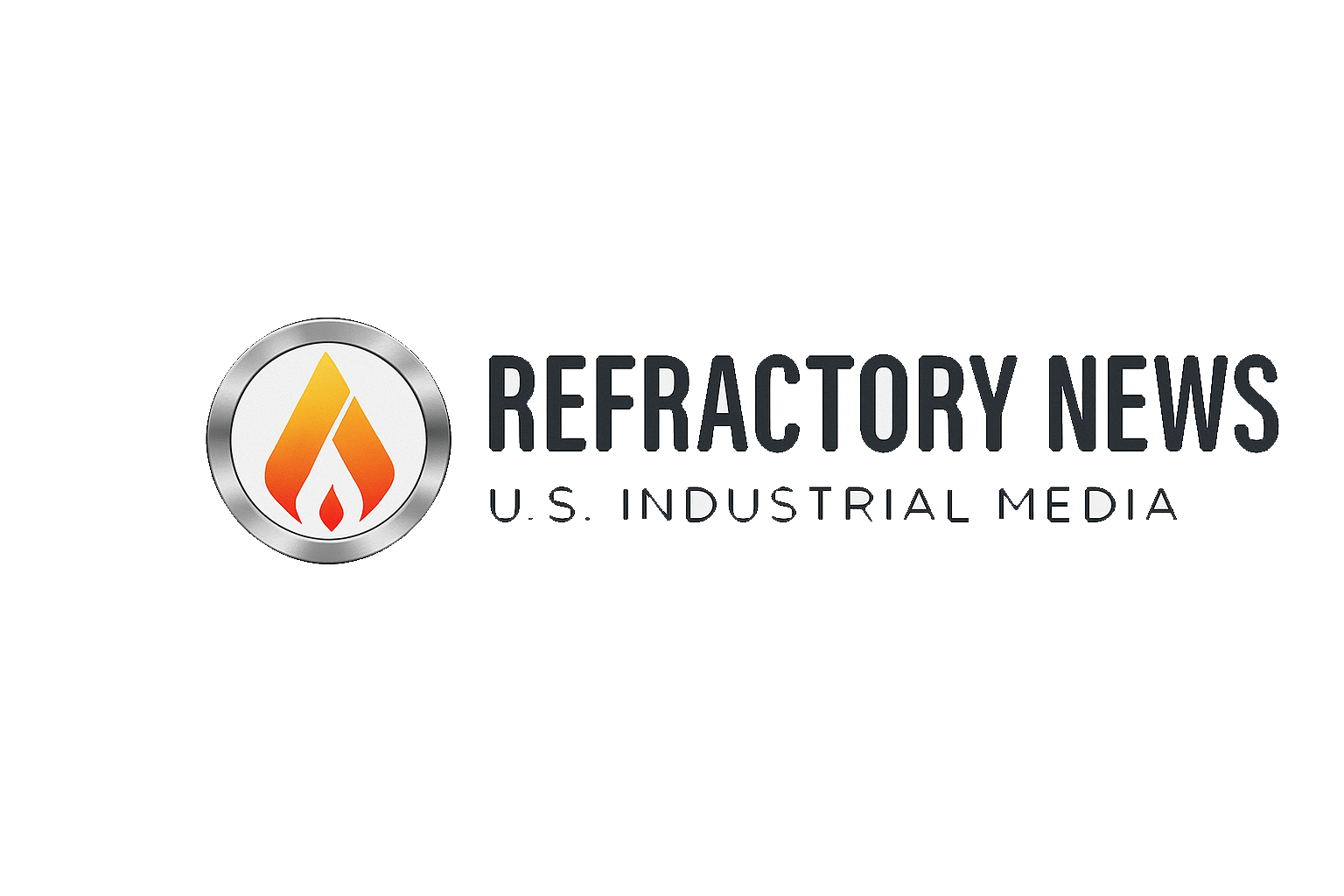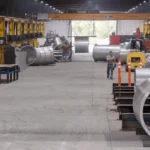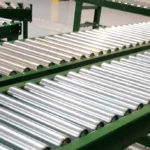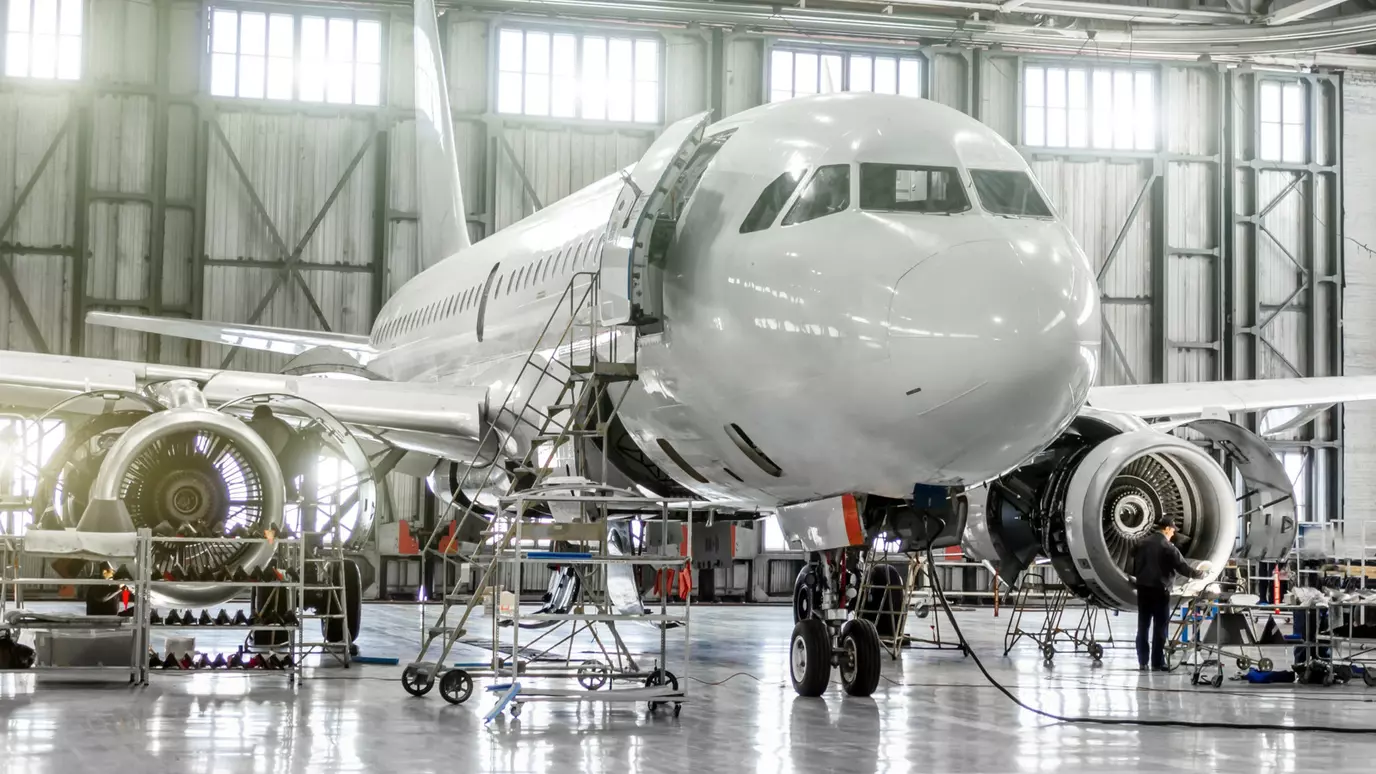The refractory industry, fundamental to heavy sectors such as steel, cement, glass, and energy, is anticipating steady growth heading toward 2026. With rising industrial output, technology innovation, and sustainability initiatives reshaping manufacturing strategies, refractory materials are evolving to meet new performance and efficiency expectations. This article explores key trends, major demand drivers, and future projections shaping the global refractory landscape by 2026.
Key Trends Shaping Refractory Market by 2026
One of the most notable trends driving the refractory industry toward 2026 is the shift toward energy-efficient and sustainable materials. Environmental regulations and carbon neutrality targets are pushing manufacturers to develop low-carbon, longer-lasting refractory solutions. Companies are investing in research and development to produce materials with improved thermal stability, corrosion resistance, and recyclability, thereby meeting both performance and environmental goals.
Technological innovation is another key driver of transformation. Advanced manufacturing methods, including additive manufacturing (3D printing) and nanotechnology, are enabling customized refractory designs with greater precision and performance consistency. These innovations are particularly valuable in industries that demand extreme heat resistance and durability, such as steelmaking and petrochemical processing, where downtime due to material failure can be costly.
Regional production and supply chain realignments are also influencing the market. With supply disruptions caused by global trade fluctuations, many countries are emphasizing domestic production capabilities and resilient sourcing strategies. This realignment improves material availability, stabilizes pricing structures, and encourages investment in local refractory plants, particularly across Asia-Pacific and Europe.
Drivers Influencing Global Refractory Demand
The dominant force behind refractory demand remains the steel industry, which consumes the largest share of refractory materials globally. As steel production increases to meet growing infrastructure and construction needs, so too does demand for high-performance refractories. Emerging economies are investing heavily in urbanization and industrialization, thereby creating a sustained appetite for steel and, consequently, for refractory products used in furnaces, kilns, and reactors.
The cement and glass sectors further enhance refractory demand. Rapid construction activity in developing regions is accelerating cement production, while expansion of renewable energy and green building projects drives additional glass manufacturing. Both sectors require refractories capable of maintaining structural integrity under high temperatures, aiding in efficient energy use, and minimizing downtime during production cycles.
Energy transition and clean technology goals also play an influential role. New applications, such as hydrogen-based steelmaking and waste-to-energy plants, require specialized refractory linings capable of withstanding novel chemical environments. This evolution points to diversification beyond traditional usage, where innovation fuels adaptability to the changing energy landscape.
2026 Market Outlook and Projections
By 2026, the global refractory market is projected to experience steady growth, driven by industrial expansion and advancements in materials technology. Analysts expect both volume and value to rise, with compound annual growth rates reflecting stable demand across multiple sectors. Asia-Pacific continues to dominate in production and consumption, while North America and Europe focus on technological upgrades and sustainability-centered innovations.
Companies are expected to strengthen their positions through strategic partnerships, mergers, and acquisitions, aiming to expand product varieties and geographic reach. Digital integration through predictive maintenance, smart sensors, and data-driven quality control will further define market competitiveness. These advancements will help optimize material lifespan and enhance manufacturing efficiency while reducing operational costs.
In summary, the refractory industry’s 2026 outlook remains promising despite challenges such as raw material volatility and regulatory pressures. A balance between innovation, sustainability, and supply chain resilience will be key to sustained profitability. The companies that prioritize adaptive strategies and invest in advanced refractory technologies will likely lead the next growth phase of this essential industrial sector.
The projected growth of the refractory industry by 2026 underscores its critical role in modern industrial infrastructure. From eco-friendly materials to smart manufacturing and enhanced durability, refractories are becoming more sophisticated and efficient. As global industries continue to evolve, the refractory market is poised not just for expansion but for meaningful transformation that aligns performance, sustainability, and innovation in equal measure.










